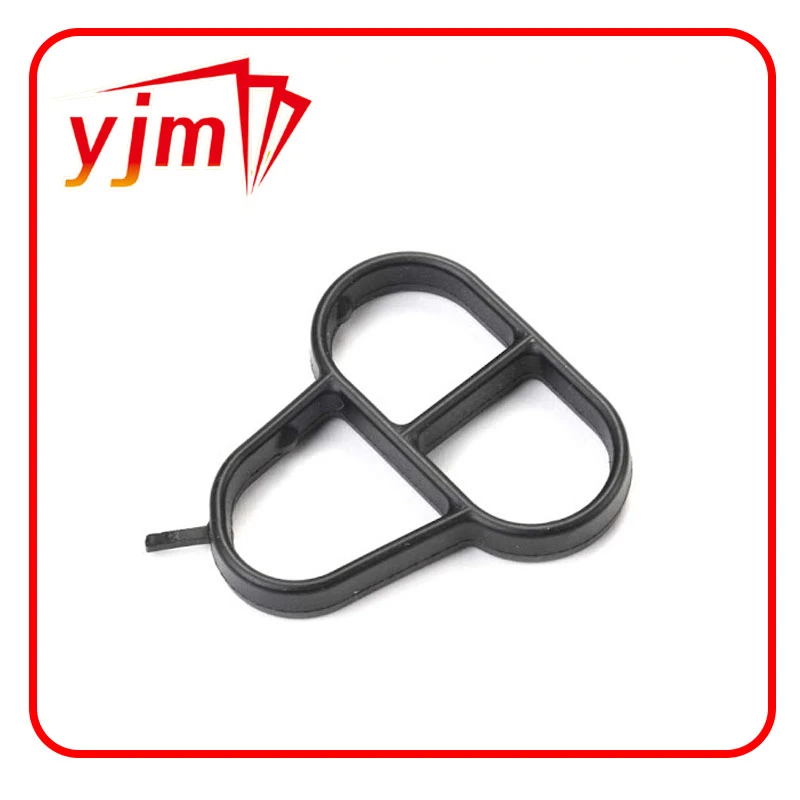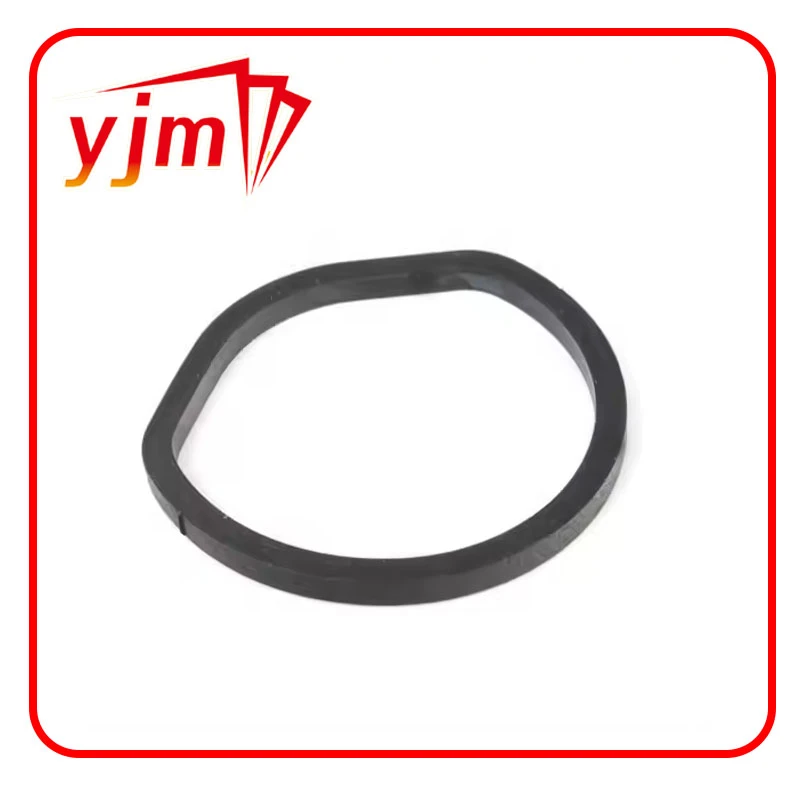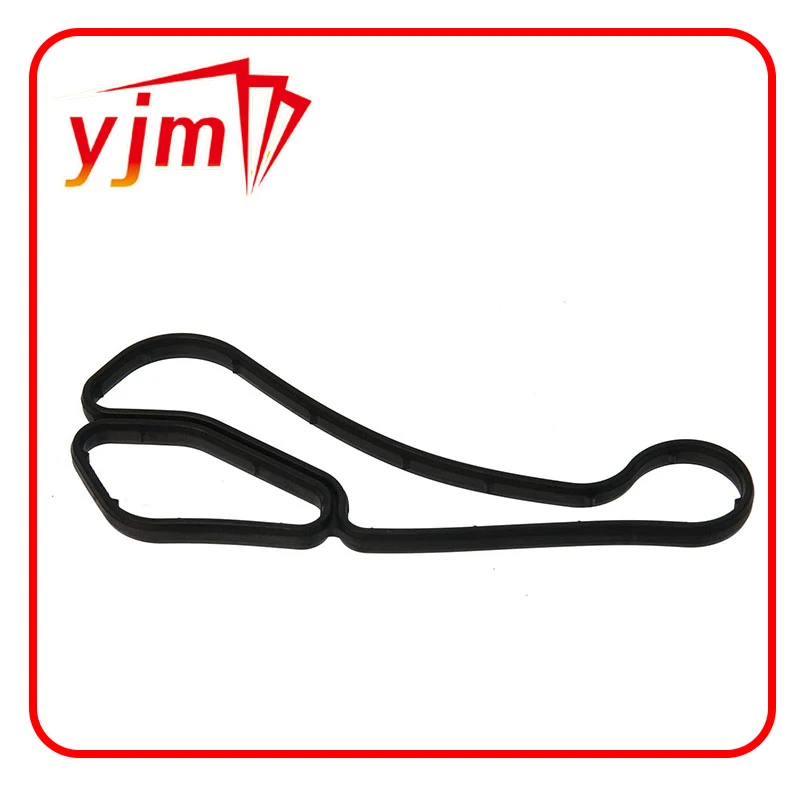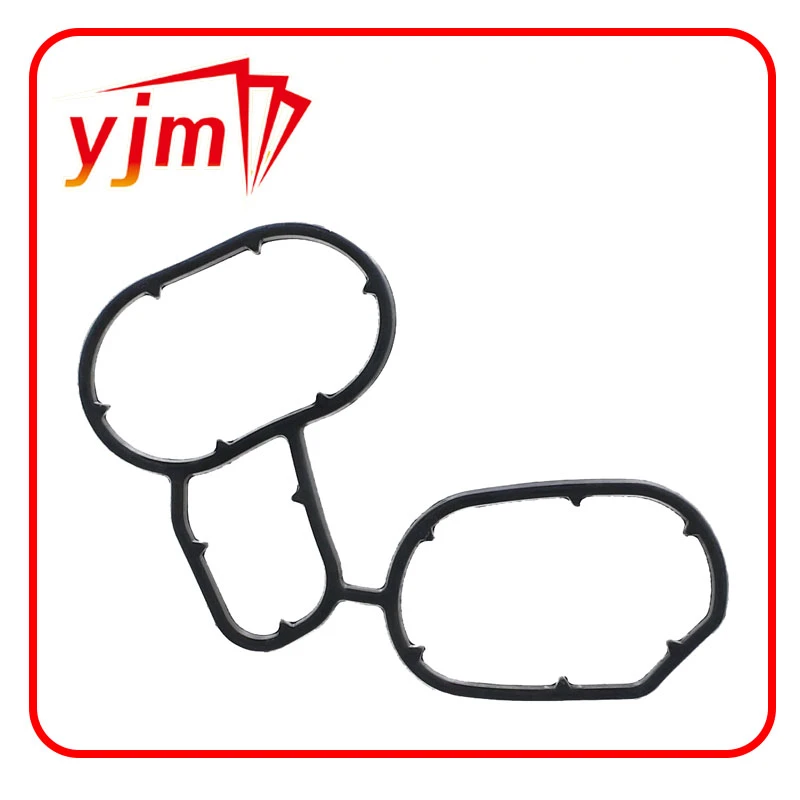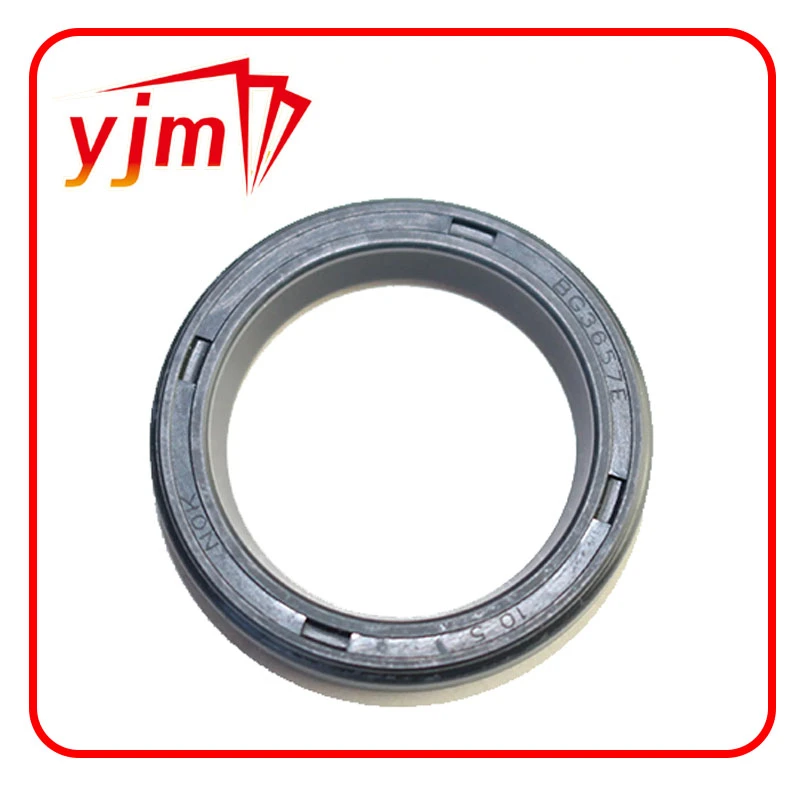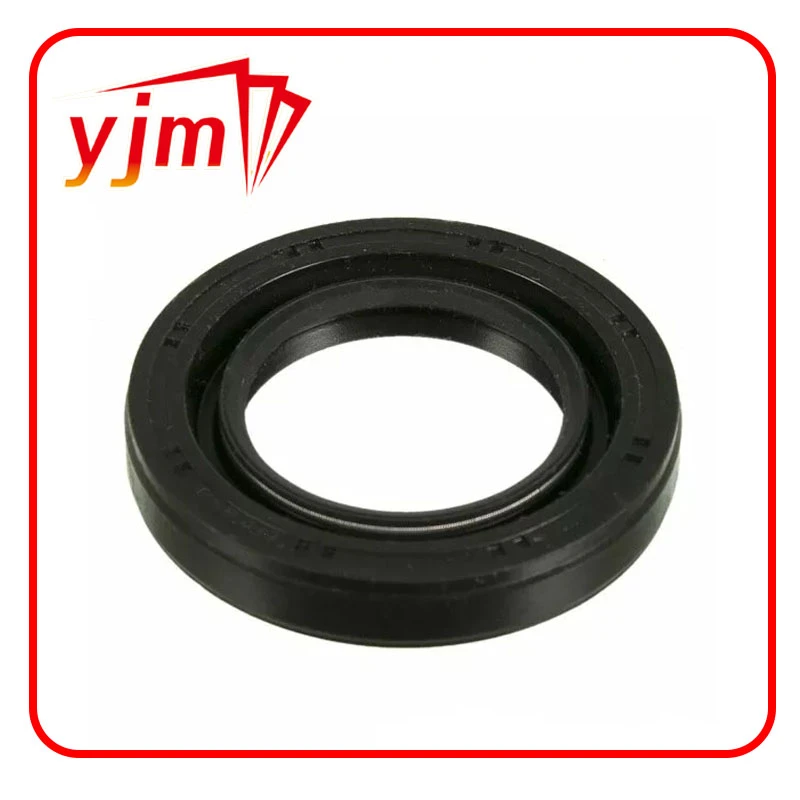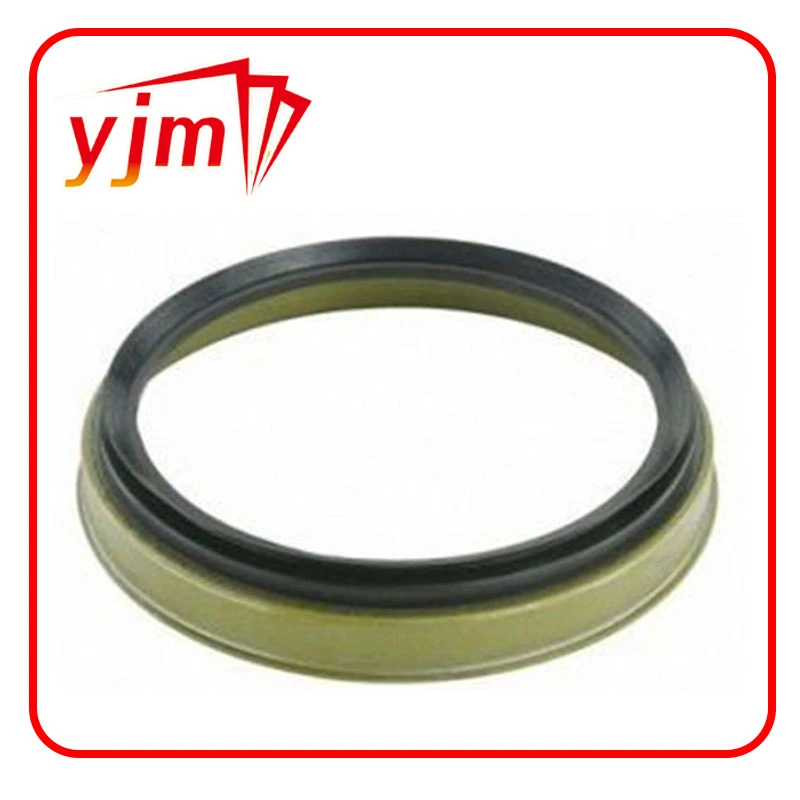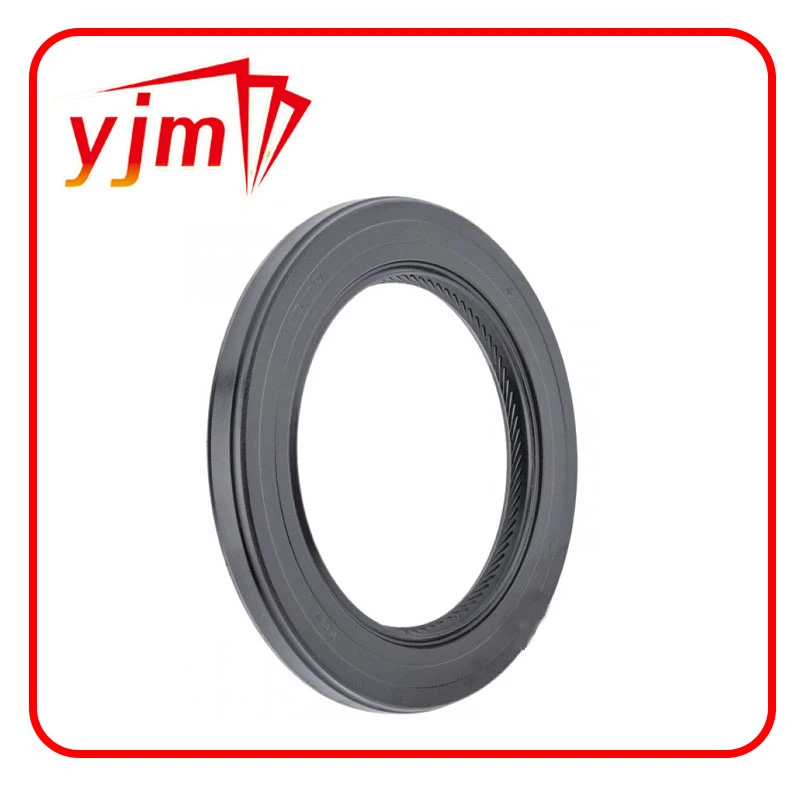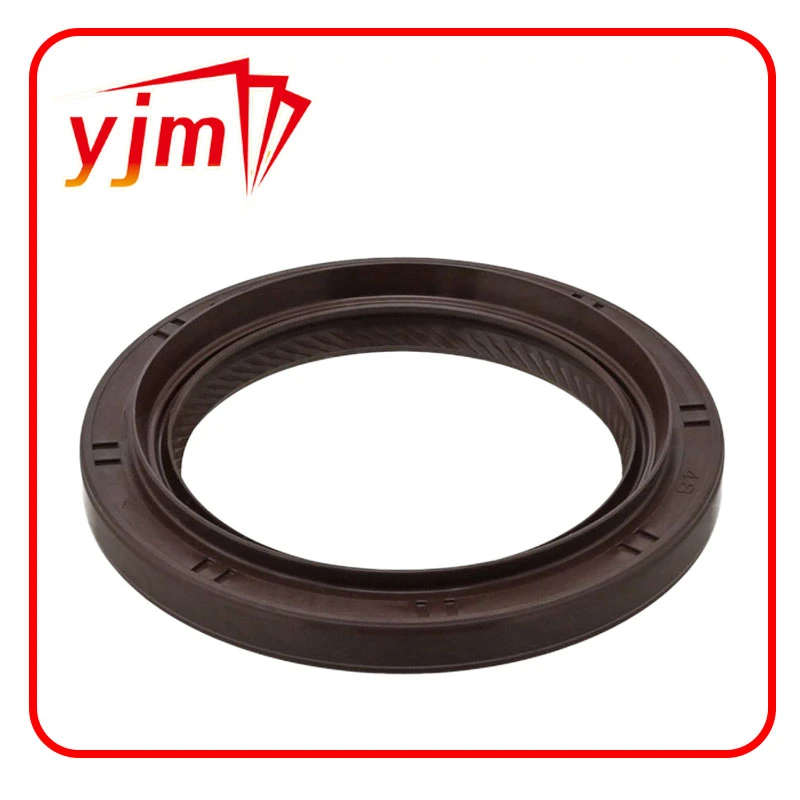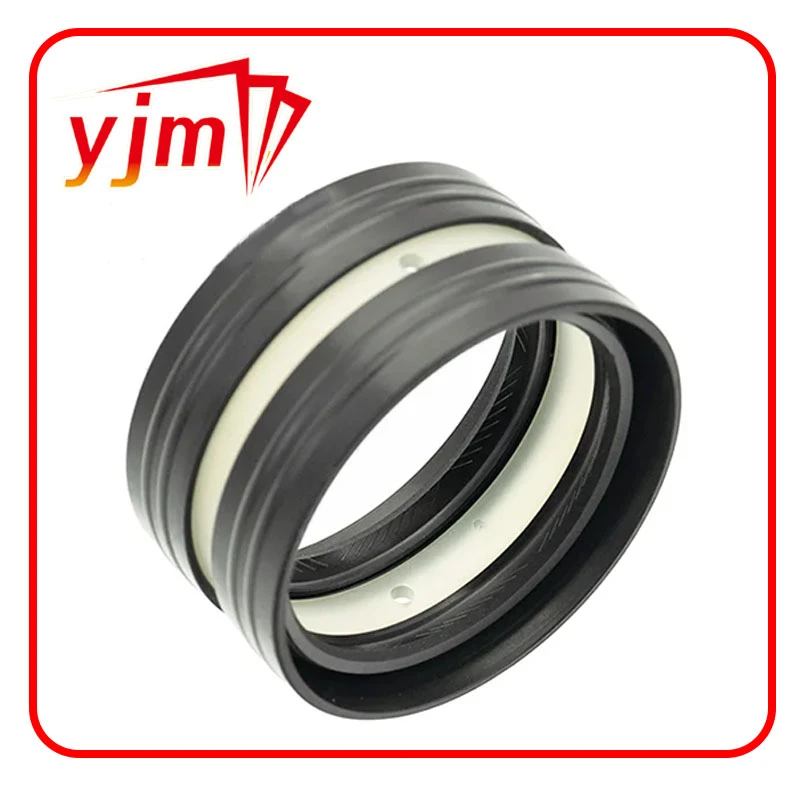Understanding Pan Gaskets and Seals: Key Components to Prevent Oil Leaks in Your Vehicle
A well-maintained engine relies heavily on clean, contained oil to function efficiently. One of the most common and overlooked sources of oil leaks in a car is a worn or damaged gasket. Specifically, gaskets related to your vehicle's oil system—such as the oil sump gasket, transmission oil pan gasket, and oil pan plug gasket—play a vital role in keeping fluids where they belong. In this guide, we’ll break down these essential components, how they work, and when to replace them.
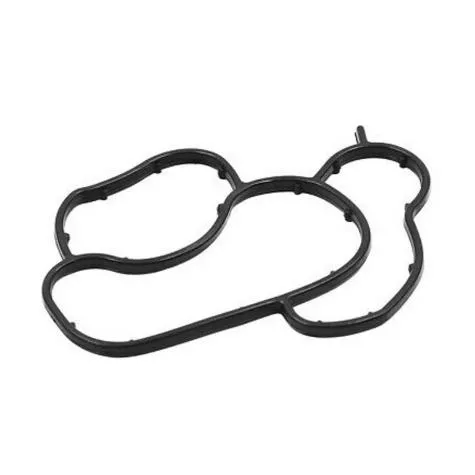
The Oil Sump Gasket: Your Engine’s First Line of Defense
The oil sump gasket often simply called the pan gasket, seals the oil sump (or oil pan) to the bottom of the engine block. This component is crucial because it prevents engine oil from leaking as it sits in the pan before being circulated through the engine.
What Does It Do?
The oil sump gasket creates a tight seal between the oil pan and the engine block, allowing the oil to stay pressurized and leak-free. This seal must endure high heat, vibration, and constant exposure to engine oil.
Signs of a Failing Oil Sump Gasket:
Oil puddles under your car
A burning oil smell, especially after driving
Low oil levels without visible consumption
Engine warning lights (low oil pressure)
Replacement Tips:
Replacing the oil sump gasket often involves removing the oil pan, cleaning both surfaces, and installing a new gasket with the proper torque. Use a gasket made from quality materials like rubber or silicone, and follow your vehicle manufacturer’s recommended procedures.
Transmission Oil Pan Gasket: Sealing the Gearbox System
While the oil sump gasket deals with engine oil, the transmission oil pan gasket serves a similar purpose for your transmission system. This gasket seals the automatic transmission pan to the gearbox housing, holding the transmission fluid needed for smooth gear shifting and lubrication.
Importance of the Transmission Pan Gasket:
Prevents transmission fluid leaks
Maintains proper hydraulic pressure within the transmission
Keeps debris and contaminants out of the transmission
Common Symptoms of a Bad Gasket:
Red or pink fluid under the vehicle (transmission fluid)
Difficulty shifting gears
Delayed acceleration or gear response
Noticeable transmission fluid smell
Maintenance Tip:
During a transmission service, it’s wise to replace the transmission oil pan gasket and the transmission filter. This ensures long-term protection and minimizes the risk of leaks, which can be costly if left unchecked.
Oil Pan Drain Plug Gasket: The Small but Mighty Seal
When performing an oil change, one part that’s often overlooked is the oil pan drain plug gasket—a small but critical component. Also referred to as the oil pan plug gasket, this simple ring fits between the oil drain bolt and the pan itself to prevent leaks after draining and refilling engine oil.
Why It Matters:
Even a tiny leak at the oil drain plug can cause messy drips, oil loss, and long-term wear on your engine. These gaskets can be made of aluminum, copper, or rubber and are typically replaced every time the oil is changed.
Signs Your Drain Plug Gasket Needs Replacement:
Drips under the oil drain plug after an oil change
Visible oil around the plug
Oil smell after recent service
Oil pooling on your driveway
Best Practice:
Always install a new oil pan drain plug gasket with every oil change. It's inexpensive and helps ensure a perfect seal. Reusing an old gasket can lead to leaks, and over-tightening the plug to compensate can damage the oil pan threads.
Choosing the Right Pan Gasket: Materials and Fit Matter
Whether it's the pan gasket for your oil sump or transmission, or the drain plug gasket, using the right type and size is crucial. Pan gaskets come in various materials, each with its own advantages.
Common Gasket Materials:
Rubber: Flexible and easy to install; ideal for basic engine oil pans.
Cork-rubber blend: Common in older vehicles; compresses well but can degrade over time.
Silicone: Highly heat-resistant and durable; often used in high-performance applications.
Metal-reinforced rubber (MSR): Combines strength and sealing capabilities; used in modern vehicles.
Compatibility Tips:
Always refer to your vehicle’s service manual or consult with a trusted parts supplier.
Avoid using sealant unless the manufacturer recommends it—some gaskets are designed to be installed dry.
If installing a silicone or rubber gasket, ensure even torque across all bolts to avoid over-compressing or damaging the seal.
From large gaskets like the oil sump gasket and transmission oil pan gasket to small but essential components like the oil pan drain plug gasket, these seals play a crucial role in keeping your engine and transmission running clean and leak-free. Ignoring gasket wear can lead to costly damage, reduced efficiency, and environmental hazards from oil leaks.
Whether you’re performing routine maintenance or addressing a leak, always use high-quality gaskets and follow correct installation procedures. With the right approach, your vehicle will stay sealed, efficient, and road-ready for miles to come.
-
Seal 12x20x5: Precision Radial Shaft Seals for Industrial Reliability
News Nov.24,2025
-
Seal 12x18x5: Essential Guide to Specifications, Applications & Vendors
News Nov.24,2025
-
Understanding Seal 12 20 5: Applications, Specifications & Industry Insights
News Nov.23,2025
-
Durable Oil Seal 85x110x12 – Reliable Sealing Solutions for Industry
News Nov.23,2025
-
Durable and Precise Oil Seal 75x95x10 for Efficient Machinery | YJM Seal
News Nov.22,2025
-
Durable Oil Seal 75x100x10 for Reliable Industrial Performance | YJM Seal
News Nov.22,2025
-
High-Quality Oil Seal 65x90x10 | Durable & Reliable Sealing Solutions
News Nov.22,2025
Products categories

